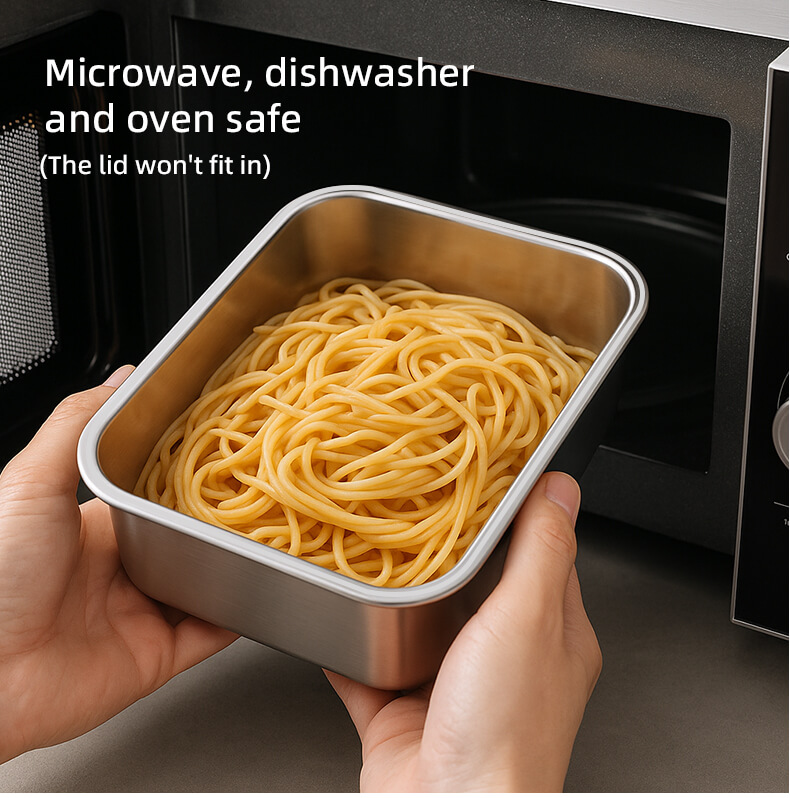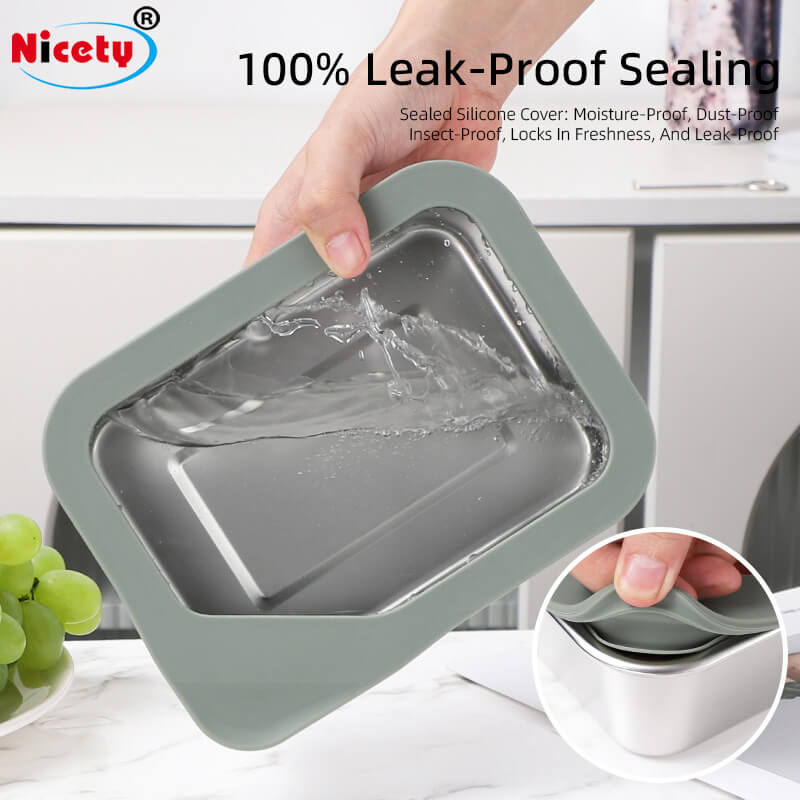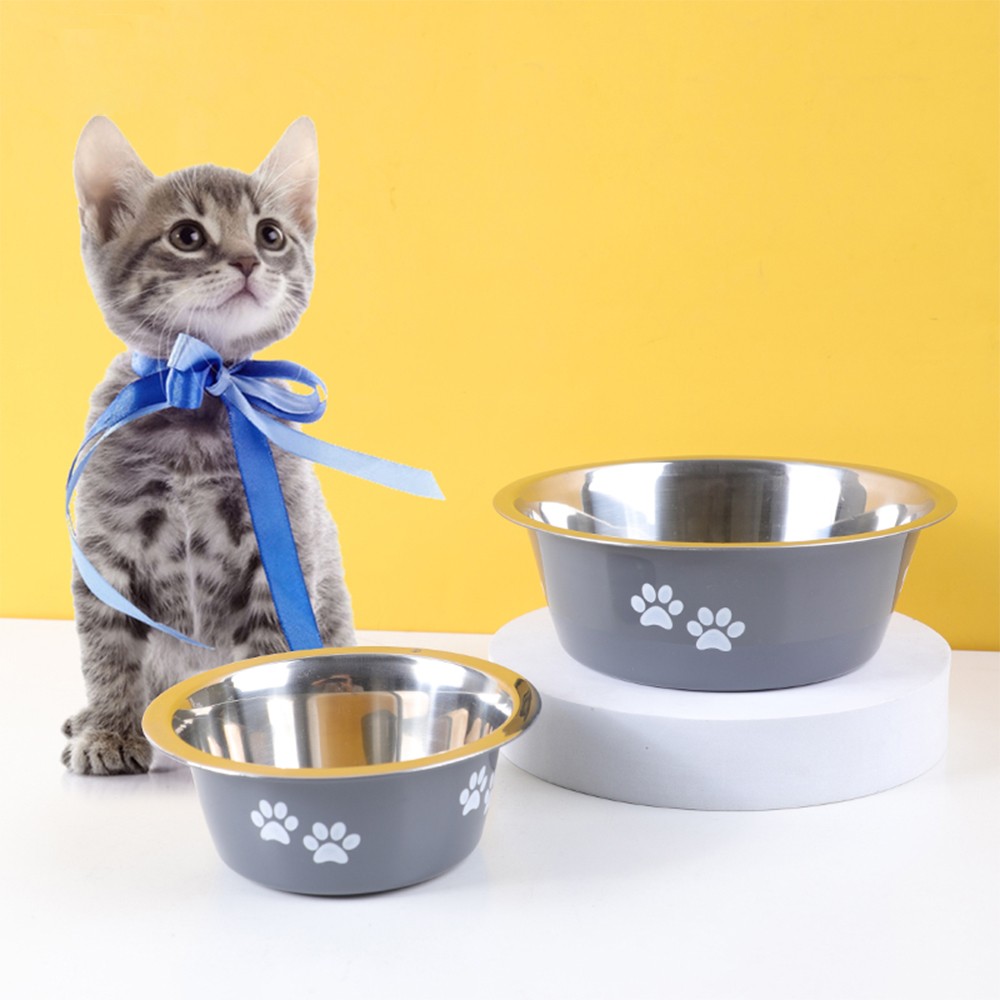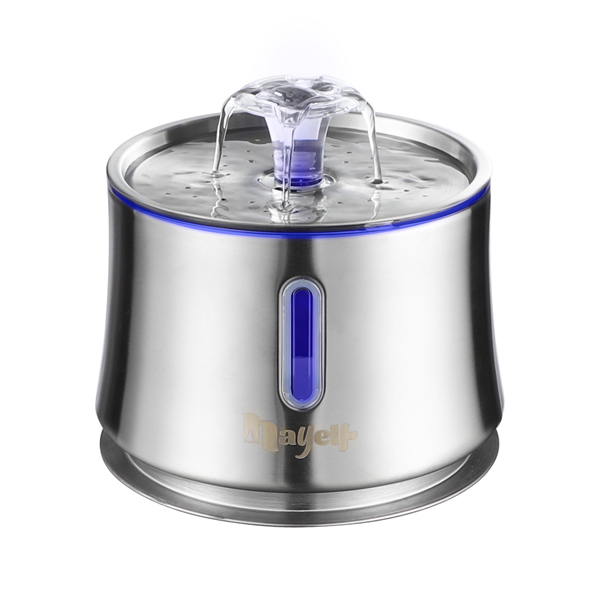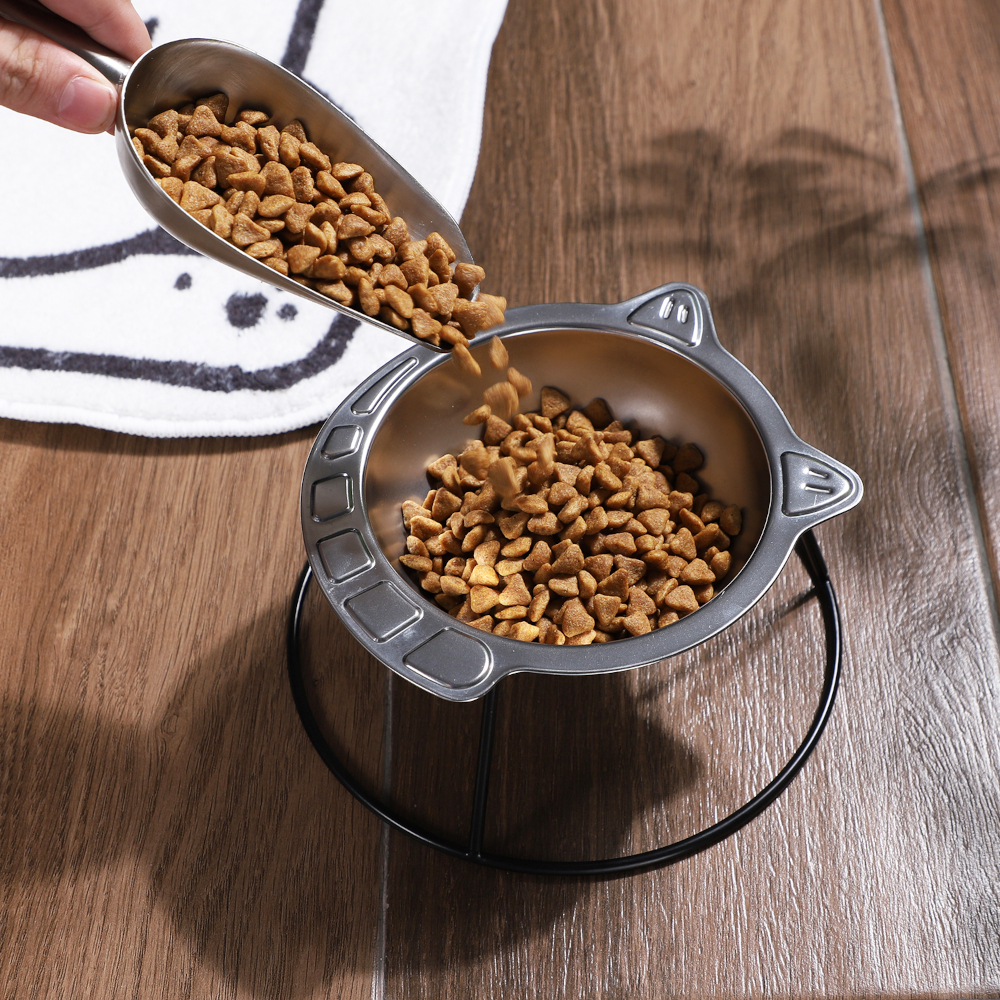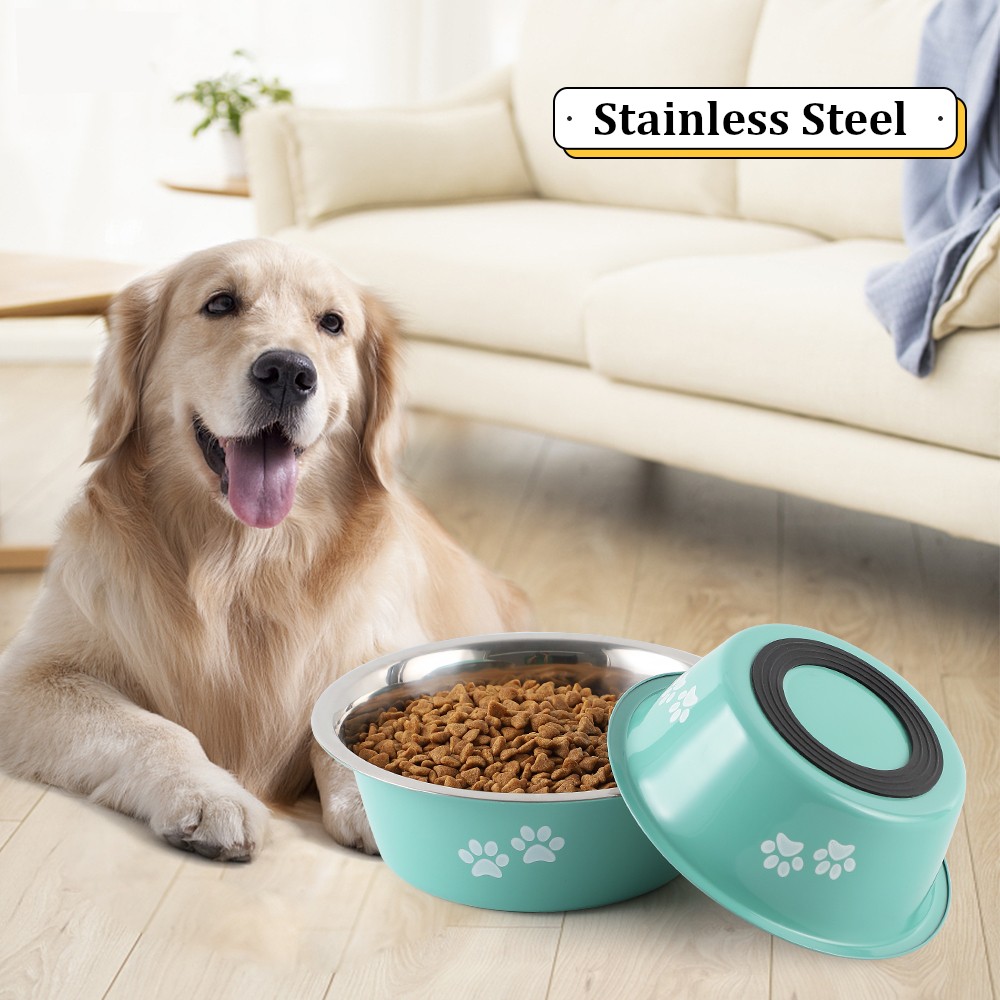The manufacture of food containers such as steel tiffin box manufacturers often involves the utilization of a wide range of materials for the purposes of manufacturing and processing food containers. Materials made of metal are preferred for a range of different reasons. They are resistant to corrosion, robust, inert, and durable, and they may be molded into various forms and dimensions.
In 2017, the lunch box market had a value of $2.7 billion, and analysts anticipate that this number will increase to $5.96 billion by 2024.
The most significant growth driver will be a demand for ecologically friendly products. This desire will be fueled by factors such as carbon footprint and landfill capacity difficulties, both of which will function as catalysts.
This article will compare the benefits of metal containers against plastic containers for food storage and the disadvantages of plastic.
What is Stainless Steel Food Container
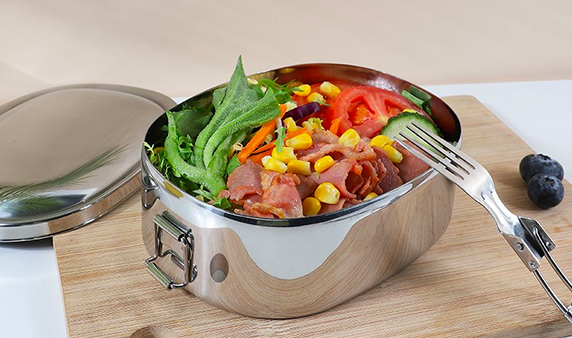
There are now a lot of companies that make the best stainless steel food storage containers that can go in the freezer. One disadvantage of stainless steel is that it cannot be heated directly in a microwave. Stainless steel is the material that lasts the longest out of all the options available in metal bulk food storage containers. These containers will not splinter into dangerous pieces even if they are dropped on a floor made of cement. Moreover, consumers can purchase stainless steel in a wholesale tiffin box.
The following is a list of persuasive arguments in favour of selecting stainless steel as the material for various food packaging containers.
It Is Non-corrosive and Neutral
Certain metals, such as stainless steel, are chemically inert. Others, on the other hand, are non-corrosive if adequately coated, because it ensures that containers will be long-lasting and easy to clean.
Containers Made of Metal Have Smooth Exteriors
The exteriors of all food containers made of metal are completely smooth and very simple to clean. The smooth surfaces are simple to clean, making cleaning food storage containers straightforward and efficient.
The Longevity of The Containers
Most metallic food containers are long-lasting, contributing to their popularity in the food container industry. Some of these containers can survive harsh food handling and are resistant to water and moisture.
Resistance to Corrosion
Corrosion-resistant metals include aluminum and stainless steel. This is because it has at least 10.5% chromium metal additions by composition. The reactive chromium forms a passive coating on the container’s surface, forming a barrier.
This barrier is resistant to corrosion and protects the metallic container surfaces. These containers will not rust and are not capable of contaminating the food.
Containers Built From a Variety of Metals
There are approximately one hundred grades of stainless steel. Precipitation-hardening, martensitic, ferritic, duplex, and austenitic stainless steel are the five basic types of metal alloys.
The 304 stainless steel and 316 stainless steel alloy are identical. It does, however, contain up to 3% molybdenum. Molybdenum protects against chloride corrosion. The alloy’s increased strength allows for preserving mild salts and animal products.
Ferritic steel can also be used to make food stainless steel square containers and strainers, and the inclusion of chromium strengthens the alloy. These alloys can even be used in saline or brackish water.
What is Plastic Food Container
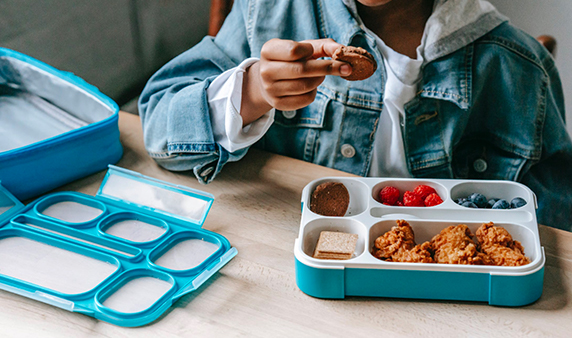
Plastic is by far the most popular material for use in the production of food containers, and for a good reason: it is both affordable and lightweight. To suggest that plastic is flawless in every way is not accurate.
The most contentious topic at hand is bisphenol A, a chemical in various plastics (BPA). It has been proposed that BPA may influence the human endocrine system.
According to CDC, the long-term dangers of BPA exposure are still unknown despite multiple scientific studies indicating that BPA may increase the probability of acquiring various cancers.
Polycarbonate
Most polycarbonate food containers are temperature resistant and can endure temperatures ranging from -40 to 100 degrees Celsius to keep food fresh and flavorful. Because polycarbonate is resistant to bending and warping, it can come into contact with steam without causing damage to the outside of the food inside.
Polypropylene
Although they perform the same function as their plastic counterparts, consumers should expect them to last only a short time. They can be transparent or opaque, have an airtight seal, be resistant to warping and shattering, and come in various colors.
As a consequence of this, polypropylene is a more economically viable alternative. They are stackable and have the exact dimensions as standard gastronorm trays, so this can be can use in conjunction with other things that save room.
Even though particular polypropylene trays are not as resistant to heat as others, most can withstand temperatures ranging from -40 to 70 degrees Celsius.
Are Plastic Containers Perishable?
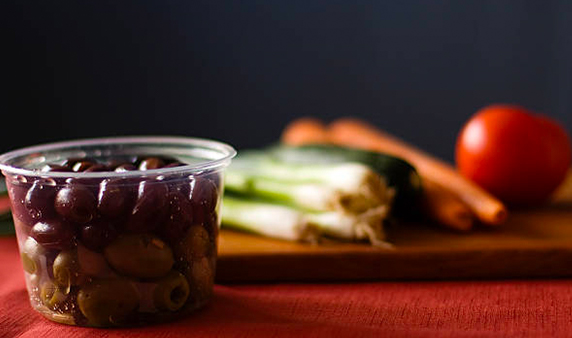
Despite the absence of an official expiration date, plastic containers are frequently less durable than glass or stainless steel hot tiffin boxes.
Plastic food containers, on average, do not last a decade. There are several telltale symptoms that plastic container has seen better days, including warps and cracks and unpleasant odor. While stainless steel square container with a lid does not have an intrinsic scent or taste of metal in the meal.
When using plastic containers to freeze prepared food, there is always a risk that chemical residues will leak into the food. It will also be easier for food particles to adhere to the sides of one’s plastic containers, making removing stains more difficult.
Even though it is possible to freeze food in plastic containers, most people advise using metal food containers for lunch instead because they are safe for freezers.
Drawbacks of Using Plastic Containers

Consider the following drawbacks of plastic food containers that make metal food containers an appealing alternative.
The Environment
Environmental and health issues emerge throughout the lifespan of plastics. Plastic is the world’s leading cause of pollution, making its manufacturing and use environmentally irresponsible. While stainless steel insulated food containers are more eco-friendly material.
Health and Well-being
Most plastic products have been modified to remove BPA, a dangerous chemical that may leach into food. However, the chemical is still present in specific plastic food containers, particularly older ones.
Wrinkles and Blemishes
Some individuals are probably aware that plastic containers lose their shape and warp quickly and stain easily, especially with tomato-based sauces. This can make it impossible to use plastic containers, which is a good reason to switch to stainless food containers.
Why Metal Food Containers Are Better Than Plastic & Glass
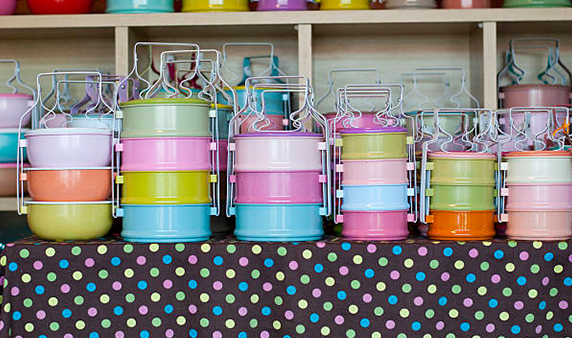
The following are the reasons why metal food containers are better than plastic or glass containers:
Durable
Plastic food containers are much softer than stainless steel food containers. Metal food storage containers with lids or metal bento containers do not deform in the dishwasher or in the oven like plastic containers. When accidentally dropping a stainless steel container carrying food, it is less likely to dent or break, preventing a mess.
However, when it comes to glass food container it is brittle and will fracture if dropped. This is dangerous, especially if glass particles end up in food. Also, a glass lunch box is a heavy material, and transporting a glass lunchbox is challenging.
Better for The Health
Unlike plastic food containers, metal snack containers are manufactured without chemical resins, plastic bits, or silicone. As a result, their use is far safer for one’s health than that of plastic.
As previously noted, certain plastics contain the hazardous chemical bisphenol A or BPA. This is just another reason to switch to stainless steel containers.
Environmentally Friendly
Metal lunch containers are substantially more environmentally friendly than plastic food containers since stainless steel is 100% recyclable. On top of that, metal can be used for steel storage containers for the kitchen.
Moreover, the creation of plastic materials necessitates the use of nonrenewable resources, the generation of which takes millions of years.
Plastic is far less durable than stainless steel. Many consumers have had metal bento lunch boxes for years that are still in great shape. Metal bento boxes are great for making children’s lunches and snacks.
Saving money
Stainless steel containers are considerably more environmentally friendly than plastic containers and save money in the long run.
An adequately maintained stainless steel bento box can last for years, but plastic containers should only be used for 5 to 10 years. Metal containers with plastic tops and stainless steel containers are available. Containers with metal food containers with lids significantly have a better price-to-durability ratio.
Conclusion
When it comes to the long-term preservation of food, containers made of stainless steel are noticeably superior to plastic containers. Also, many use stainless steel storage containers for kitchens. When deciding whether or not to make the conversion to stainless steel, the effects on both an individual’s health and the environment are likely to be the two most essential issues to take into consideration.
Stainless steel is suitable for protecting consumers from the potentially hazardous effects of certain substances. Moreover, if you are still looking for a reliable stainless steel manufacturer and wholesale, contact Nicety.
Nicety, as a reputable manufacturer with more than a decade in the field, is committed to producing stainless steel lunch boxes in environmentally friendly ways and assisting with packaging and branding. The company provides customized metal food storage containers in a fashionable design, making food storage more personalized and colorful.
A manufacturer, Nicety stainless steel food containers, provides eco-friendly stainless steel food containers that are great for camping as leak-proof storage and cooking vessels. Nicety also sells stainless steel pet food bowls and racks that are long-lasting and easy to clean. Contact Nicety now if you want high-quality wholesale stainless steel containers.

